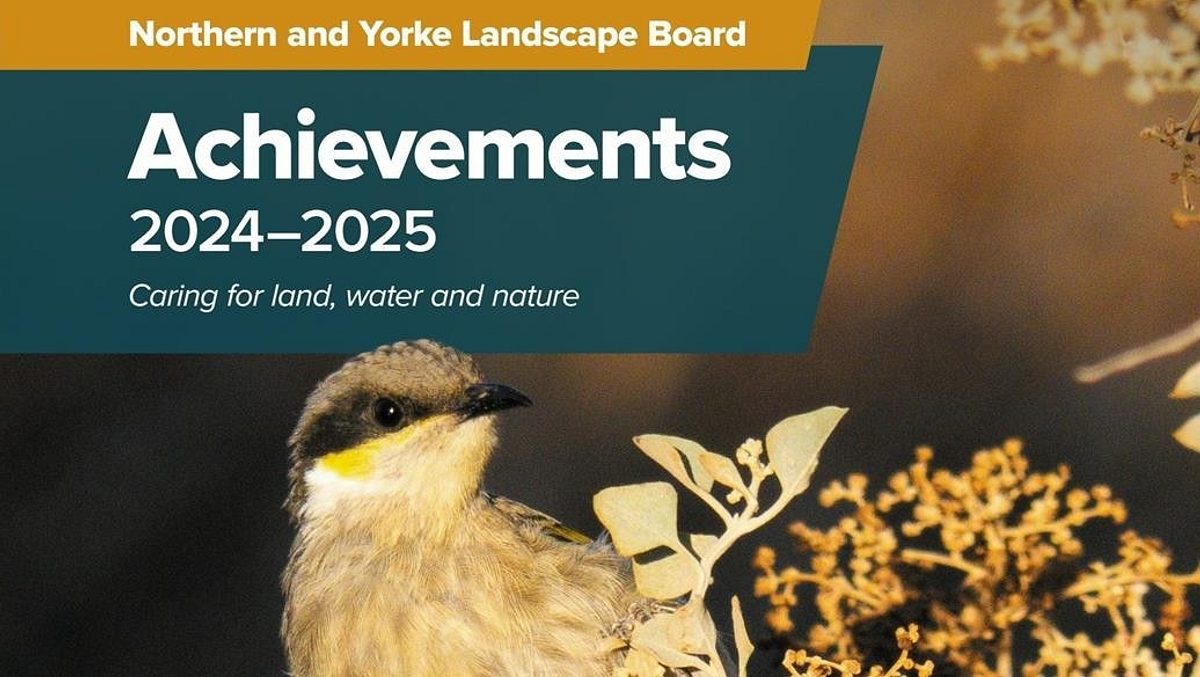Plover lovin' on Yorke Peninsula beaches
There’s no Marvin Gaye music, but that’s not stopping hooded plovers from boogying their way into their lover’s heart.
Yorke Peninsula’s hooded plover volunteer regional coordinator Nanou Cabourdin has captured photographs of hooded plovers doing what looks like an energetic dance known as the ‘crazy bird display’. It’s thought that it could be part of the beach-nesting bird’s courtship behaviour.
“I’ve now photographed a couple of hooded plovers doing what’s called tail-bobbing, where they raise their tail feathers and flick their wings while turning around,” said Ms Cabourdin.
“Researchers think it could be a sign that the male bird is courting its mate. It’s certainly the right time of year.”

Hooded plover breeding season has begun on Yorke Peninsula with 5 nests laid in August at McEachern’s Beach, Point Souttar, Kemp Bay, Emu Beach and Mystos near Corny Point. Unfortunately, 2 nests were lost due to windy weather and higher-than-usual tides.
In one of the earliest sightings of chicks on Yorke Peninsula, 3 chicks were born at Dhilba Guuranda-Innes National Park on 30 August.
Hooded plovers are endangered birds that breed between August and March. They lay their eggs on the sand and their chicks remain flightless for 5 weeks, leaving them vulnerable at the busiest time on our beaches.
Volunteers from the Friends of Hooded Plover Yorke Peninsula group dedicate time over the breeding season to monitor the bird’s breeding efforts, install signs and fencing and educate beachgoers about how they can help improve the survival rates of these threatened birds.

Key tips include walking and driving below the high tide line, giving hooded plovers and their chicks plenty of space on the beach and keeping dogs on leashes.
Volunteers are also needed for BirdLife Australia’s Biennial Count on 16 and 17 November. It involves walking along the coastline and lakes to record numbers of beach-nesting bird species. Volunteers will cover 86 routes across Yorke Peninsula this year. Register your interest with Nanou Cabourdin by emailing: nanou.cabourdin@icloud.com.
The Northern and Yorke Landscape Board is involved in hooded plover conservation through its Marna Banggara project. This project is jointly funded by the Australian Government Natural Heritage Trust and Northern and Yorke Landscape Board, a member of the Commonwealth Regional Delivery Partners panel.


